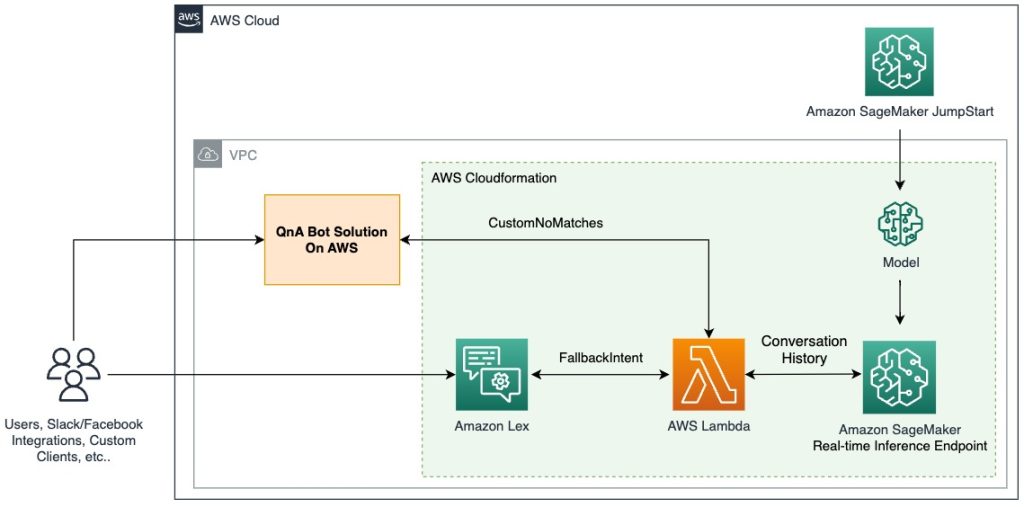The Evolution of Cloud Architecture: A Well-Architected Framework
Since the rise of cloud computing, the need for robust solutions to support application deployment and ongoing operations has been paramount. Engineers often strive to follow industry best practices, while others design solutions based on personal experience and knowledge. Over time, Amazon Web Services (AWS) introduced key principles to guide the creation of resilient, efficient, and scalable architectures, encapsulated in what is known as the AWS Well-Architected Framework.
Initially, AWS identified four core pillars essential for building a solid cloud infrastructure. However, as technology and requirements evolved, AWS added a fifth pillar to address the changing landscape of cloud applications. These pillars provide a comprehensive guide for engineers to design, implement, and maintain cloud systems.
- Eliminating Capacity Guesswork and Ensuring Resilience
Instead of speculating on resource requirements, leverage scalable architectures to automatically adjust capacity, ensuring reliability and cost-efficiency under varying workloads. - Data-Driven Architecture Decisions
Make informed choices based on data and analytics, ensuring the most appropriate resources are allocated for each project to optimize performance and cost-effectiveness. - Building with Scalability and Innovation
Design architectures with scalability at the forefront, allowing room for growth and the incorporation of emerging technologies that enable more efficient operations and innovation. - Embracing Automation for Testing
Integrate automation into the testing process, making it easier to identify potential weaknesses in the architecture early and improving the overall reliability of the system. - Simulating Failures at Production Scale
Test systems under real-world conditions to uncover possible failure points before they occur, ensuring systems are prepared to handle unexpected issues in live environments.
It’s important to recognize that every organization is rapidly transforming into a data-driven enterprise. As a result, the relevance of public cloud services, particularly AWS, continues to grow. Understanding these principles is crucial for designing a robust and dependable framework on the AWS platform. Let’s take a moment to explore these concepts and discover some valuable insights.
Security
A few months ago, during an interview, I was asked, “At what point in a cloud architecture or infrastructure do you implement security?” My response was, “Security should be embedded in every single line of code and every resource used in the cloud.” The interviewer smiled and remarked, “It was a tricky question, but I see you’re security-conscious.” This anecdote highlights just how critical security is when building a well-architected framework—whether on AWS or any other public cloud platform.
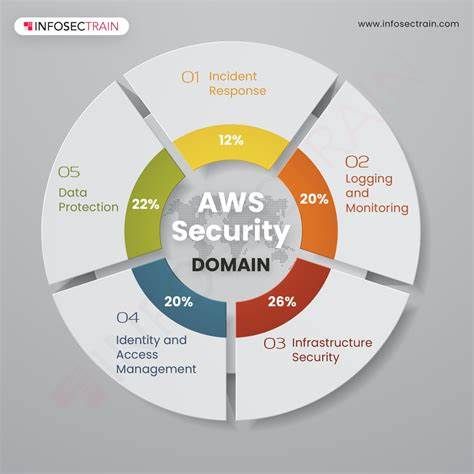
By definition, the security pillar refers to the ability to protect data, systems, and assets while simultaneously delivering business value through effective risk management and mitigation. In AWS, engineers must be vigilant when assigning IAM roles, utilizing detective controls, ensuring data protection, and taking other critical security steps. Key services involved include IAM, CloudTrail, WAF, and KMS. AWS recommends following these best practices:
- Applying security at every layer of the platform, as I mentioned during my interview.
- Enabling traceability within the framework for continuous monitoring.
- Implementing the principle of least privilege, ensuring individuals have access only to the data they need.
- Securing systems at the application, data, and operating system levels.
- Automating security best practices to reduce human error.
- Setting up incident response tests to prepare for potential security threats.
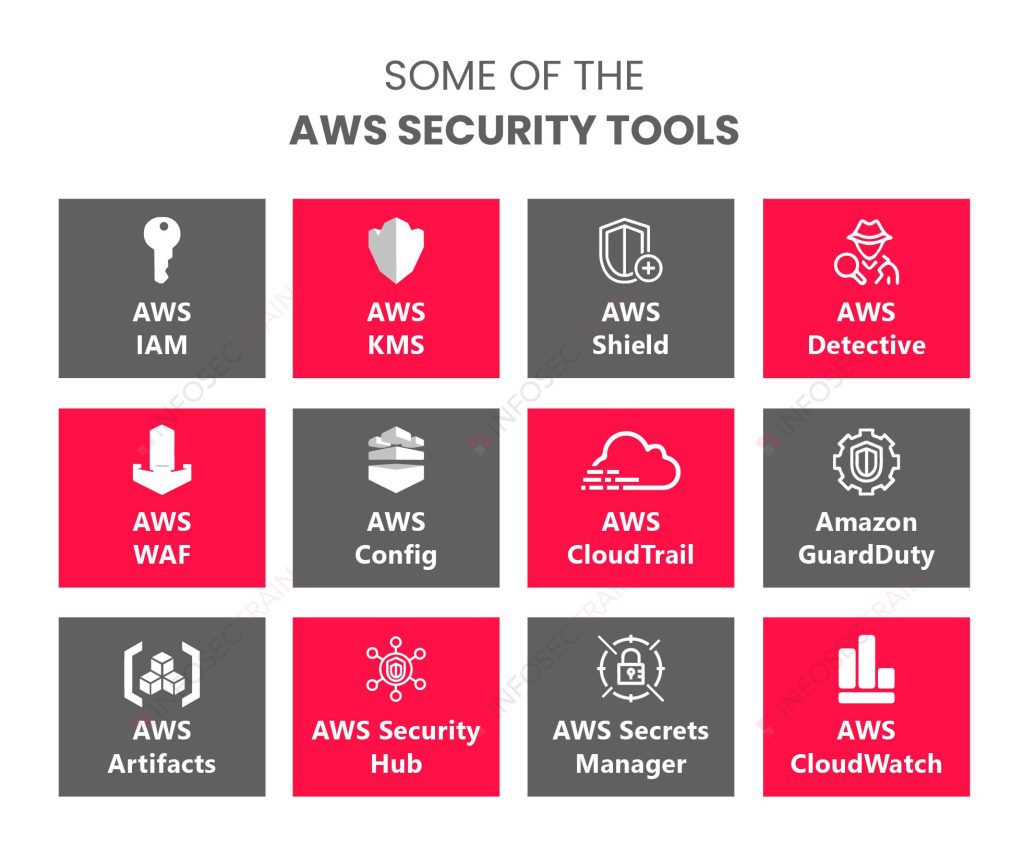
2. Performance Efficiency

AWS offers a wide array of resources for architecting an effective framework, but the real skill lies in adjusting and optimizing these resources based on the specific system you’re working with. This adaptability is what sets great engineers apart and leads to more robust infrastructures. Keeping up with emerging technologies and adjusting your platform accordingly aligns with the principle of performance efficiency—ensuring that your system performs optimally, regardless of the technologies or computing resources in use. Key services for this include Amazon CloudWatch, CloudFront, ElastiCache, and Auto Scaling. Best practices to follow include:
- Democratizing advanced technologies, making them accessible and integrated into all aspects of your system as a core team service.
- Regularly experimenting with the system to discover more efficient ways to manage operations.
- Practicing mechanical sympathy—designing systems with a deep understanding of the underlying hardware.
- Reducing latency by deploying globally across multiple AWS regions simultaneously.
- Leveraging serverless architectures for scalability and reduced operational overhead.
3. Cost Optimization
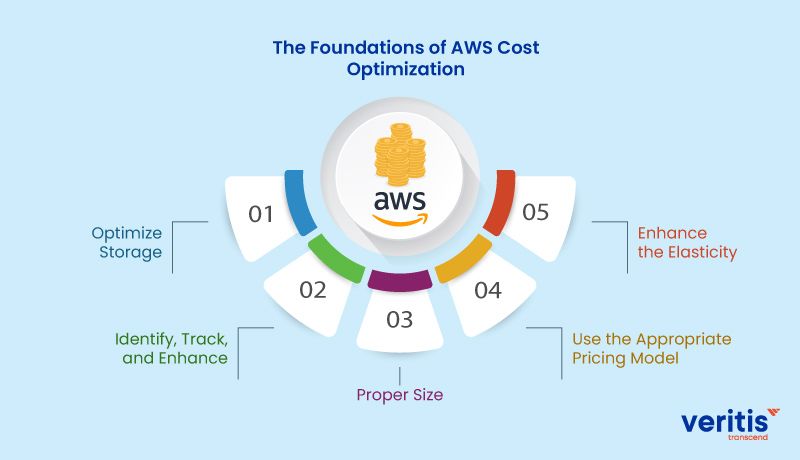
Managing resources is one of the most critical tasks when building a well-architected framework, ensuring that costs don’t skyrocket after weeks or months of usage. This principle involves matching resource supply with demand, eliminating waste, and monitoring expenses regularly. Key services that support cost management include AWS Cost Explorer, resource tagging, and auto-scaling based on demand. When designing frameworks with cost optimization in mind, engineers should follow these best practices:
- Adopting a consumption-based model to pay only for what is used and control the timing of resource utilization.
- Measuring the overall efficiency of resource usage.
- Avoiding large expenditures on physical data centers by relying on AWS to host systems.
- Continuously analyzing costs throughout the design process.
- Utilizing managed and application-level services to reduce the total cost of ownership.
Reliability

A reliable system is often regarded as a nearly perfect well-architected system because reliability is one of the fundamental pillars in building such a framework. In simple terms, it’s a well-planned system with a solid foundation, continuous monitoring, and robustness, ensuring that the system can scale and withstand failures while running smoothly. Key best practices include:
- Testing recovery procedures to prepare for potential data loss or system malfunctions, ensuring the system is reliable under various conditions.
- Implementing automated recovery mechanisms to handle failures swiftly.
- Horizontally scaling the system to enhance performance and ensure high availability.
- Using automated processes to explore and adapt to changes in the system.
- Ensuring the system is equipped with adequate storage capacity, making it adaptable to changes in data usage and user growth over time.
5. Operational Excellence

When building a framework, it’s essential to recognize that the excellence of the platform is what makes the framework appreciated and robust. Operational excellence is defined as the ability of a system to manage workloads efficiently on a routine basis, utilizing automation and thorough documentation. Key services that support this include CloudFormation for infrastructure as code, CloudWatch, and AWS Config. Best practices to follow for operational excellence are:
- Perform operations as code to automate and streamline processes.
- Keep documentation well-annotated and up to date.
- Make frequent changes and improvements instead of waiting for issues to accumulate.
- Regularly refine operational procedures to ensure efficiency and adaptability.
- Anticipate failures and use post-mortem analysis to learn from operational incidents.
Sustainability
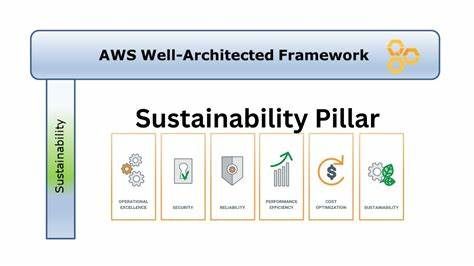
In building a framework, the sustainability pillar focuses on creating systems that are environmentally responsible and economically viable over the long term. It emphasizes designing and operating cloud resources in a way that minimizes environmental impact and supports long-term viability. Key services supporting sustainability include AWS’s Cost Management tools and efficient resource utilization practices. Best practices for ensuring sustainability include:
- Optimize Resource Usage: Ensure that resources are used efficiently and only as needed to minimize waste.
- Reduce Carbon Footprint: Utilize AWS’s sustainability tools and strategies to lower the carbon impact of your infrastructure.
- Implement Cost-Efficient Practices: Regularly review and adjust your resources to maintain cost-effectiveness and sustainability.
- Promote Energy Efficiency: Leverage AWS’s energy-efficient data centers and services to support a greener operation.
- Monitor and Report: Continuously monitor your infrastructure’s environmental impact and report on sustainability metrics.
The AWS Well-Architected Tool leverages the principles of the AWS Well-Architected Framework to help you assess and improve your cloud architectures. To use the tool, sign in to the AWS Management Console with your AWS account. Once you access the AWS Well-Architected Tool, follow these steps:
- Define Your Workload: Specify the workload you want to review.
- Answer Questions: Respond to questions related to each of the five architectural pillars.
- Evaluate and Improve: The tool will analyze your answers and generate an improvement plan with a prioritized list of issues to address.
conclusion
In conclusion, the AWS Well-Architected Framework offers a comprehensive set of best practices across five pillars to guide the design and operation of reliable, secure, efficient, and cost-effective cloud systems. By using the framework’s set of questions, you can review and assess both existing and proposed architectures to ensure they meet high standards and align with AWS’s best practices.
- By admin

